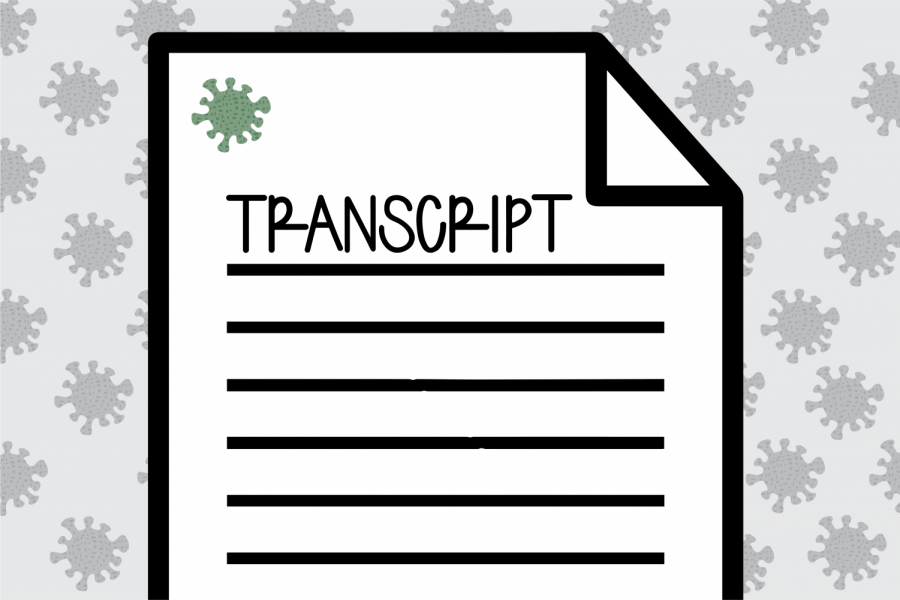University of Minnesota law students are pushing for an official transcript notation to acknowledge that the 2020-21 school year took place during the COVID-19 pandemic.
If approved, the transcript notation will be the first of its kind at an American Bar Association accredited law school, Amanda Tesarek, the president of the University Law Council, said.
“I think it is a really great example of how advocacy can work,” Tesarek said. “It confirms to me that these grassroots movements can actually work, which is not always the case. This has been a really long and sometimes stressful experience, but it is now becoming much more positive.”
The notation would not apply to the 2020 spring semester because the Law School temporarily shifted grading to a pass/fail system during that time.
A long process
Following the 2020 fall semester, the Law School added a one-paragraph statement to its quartile document that acknowledges students’ ongoing challenges during the pandemic.
The semesterly quartile document separates all students from the same graduation class into four quartiles based on grade-point average.
The Law School automatically distributes the quartile document to all employers who recruit directly through the school, associate dean for academic affairs and law school professor William McGeveran said.
The statement on the quartile document, though a start, does not go far enough, Tesarek said. Employers who do not recruit directly with the Law School will not receive the quartile statement unless otherwise requested.
“It is a short-term solution, and it does not really address the problem that [students] are trying to address,” Tesarek said. “That is that years from now, we might not remember that COVID took place during these semesters.”
The Law Council’s goal is for the notation to apply to all semesters that take place while either a gubernatorial or presidential executive order recognizes the existence of the pandemic — with exception to the 2020 spring semester, Tesarek said.
After its approval at an all-faculty meeting on Feb. 23 and by the Law School’s education policy committee — comprising students, faculty, staff and administrators — the notation resolution will be brought back to the Law Council for student review and feedback, McGeveran said.
From there, the notation goes to the University’s Office of the Registrar (OTR) for final approval.
“[OTR] wants to help us do what we want to do to help our students,” McGeveran said. “They might have concerns about wording, and we would want to work through that, but we are expecting to come to them with something that has broad support among law students and faculty, so I am sure they will work with us to effectuate it.”
Different impacts of the pandemic
Shantal Pai is a third-year law student and one of the early proponents of the transcript notation. In November, she drafted the original petition that eventually turned into the official resolution.
It was important that the University acknowledged the abnormality of the moment, Pai said. Students were left feeling helpless by what they said was a lack of communication from their professors and administrators.
One of Pai’s aims in the petition was to include a transcript statement of the pandemic’s impact on communities of color. People of color in the U.S. have contracted and died from COVID-19 at disproportionately higher rates than white people.
“Being a person of color in law is already difficult, but then to add a pandemic that makes it harder to be a person of color is a challenge that we need to reckon with as a profession — and part of [this process] was to force a conversation about that,” Pai said.
The 2020 fall semester quartile document acknowledges that the pandemic has had a “disproportionate impact on many groups in our student population.”
“Our students believe [the notation] is important because there are so many variations in experience and effect of the COVID semesters in terms of access to reliable internet, health and family situations and modes of instruction,” Carol Chomsky, a law professor and vice chair of the University Faculty Senate, said.
With the University and its colleges having to put more of a focus on combating COVID-19, the lack of communication and clarity between the Law School and the student body had become unacceptable, Pai and Tesarek said.
However, after months of petitions, advocacy and conversations, the transcript notation is on the brink of being passed. According to Tesarek, the relationship between students and the administration is much improved.
“There is a much better connection that was not there last semester,” Tesarek said. “I was much more pessimistic about the administration’s response to our concerns last semester. Things have done a real 180 since then. I am very optimistic moving forward.”


















